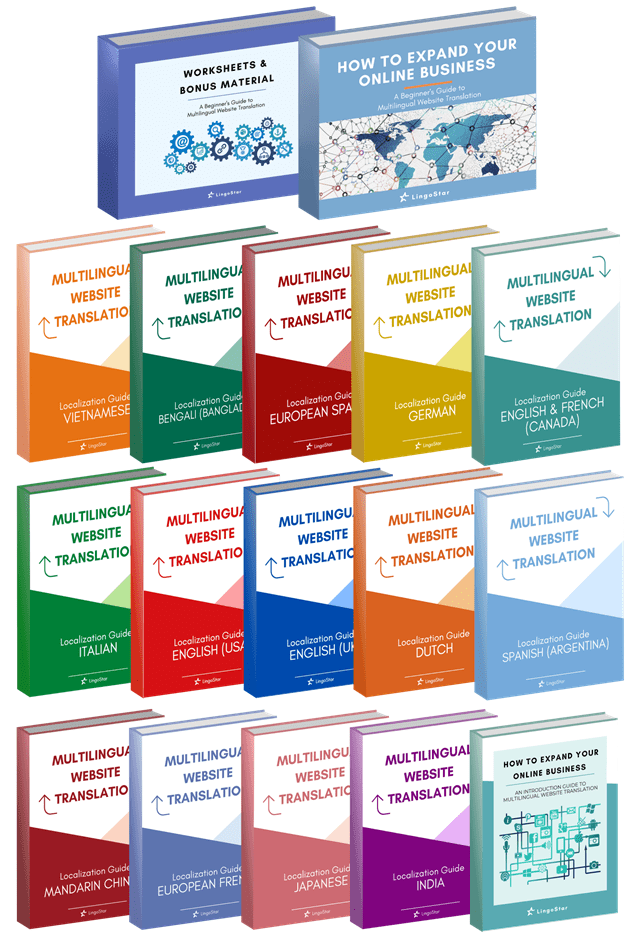It is undeniable that every language brings with it not only a grammar code but also an entire culture. We do not translate culture only by directly using a language. We also apply various forms of intercultural communication. This is why it is important to have an intercultural approach when translating culture from one language to another.
Intercultural Translation – Translate Culture through Words
Of course, there are languages and industry fields where direct translation prevails, such as information technology or science. But in other fields, we cannot ignore the relevance of intercultural aspects. There are some intercultural words, or rather, words that influence and shape realities unknown in other language groups, or words shared with other languages but used for a different concept. For example, a lot of English words are used in Italian with different meanings. It’s the case of mister, which means football coach, or scotch, used to designate adhesive tape.
The Use of Realia
To translate culture means to convert a text through words called realia (personal names, places, names of food, etc.). We use these words in translation to indicate culturally specific objects that are very difficult to translate.
The vocabulary connected to a determined culture or that belongs to a specific linguistic community contains words and expressions that describe events or objects representative of this culture. Simply put, some words have a local or historical “colour” and often, we do not have the perfect equivalent in another language.
We can translate these realia by using different strategies. We can invent a new word (neologism) or we can replace the realia with a description. If the word can be easily understood, we can leave it in the original language. It’s the case of noodles, pizza, kibbutz, and so on.
The Use of Transliteration in Translation – An Option to Translate Culture?
So, what are the options available to translate culture? The first one is the so-called transcription or transliteration. It consists in transmitting the same sounds from a foreign language by using the alphabet of the target language. This happens especially with personal or geographical names and is often used in Asian languages, such as Simplified and Traditional Chinese, Japanese, or Korean. This strategy is difficult to apply if the alphabet of the target language is different from the source language. By using transliteration, the translator keeps the foreign element of the original text.
Creating New Words in Translation
Another possibility is to try taking possession of the foreign element. Translators can do it by inventing a new word (a neologism) or using a calque. A classic example is the word “skyscraper” (grattacielo in Italian, gratte-ciel in French, rascacielos in Spanish, or mrakodrap in Czech).
The translator can also choose to explain the foreign word by paraphrasing. This means expressing the meaning of something using different words with the aim of achieving greater clarity.
In any case, the transformation from one language to another cannot be done without consequences. A literal or a faithful translation can alienate the target reader. We have to consider that a translation is a second reading. It cannot be a perfect transposition of the original work. However, translators are creative human beings and they often face challenges with difficult texts. In any case, they always try their best to apply their years-long knowledge, education, and creativity to make the final translated text a good read for target audiences.
Translating is an art and a good translator must use their creativity to shape a path given by others (the original author). They must make choices when translating, word after word, sentence after sentence, in order to “transfer” the effect of the source language into the target language. This is why it is important to give translation projects to professionals.
Translate Culture with LingoStar
At LingoStar, we provide translation services in any language you may need. We specialize in French Canadian since we’re based in Canada but we can translate any kind of document into any foreign language.
Please request a free translation quote or email us at info@lingo-star.com. We’ll be happy to help you with your document translations.
Last, but not least, don’t forget to subscribe to our newsletter at the bottom of our website for news and information about what’s going on in the world of translation!
Explore our ebooks on multilingual website translation. They will help you translate your documents and websites for different cultures >>.


















